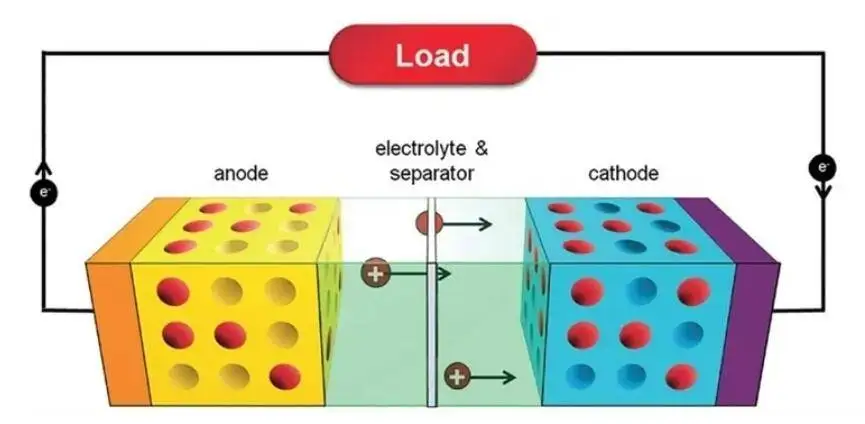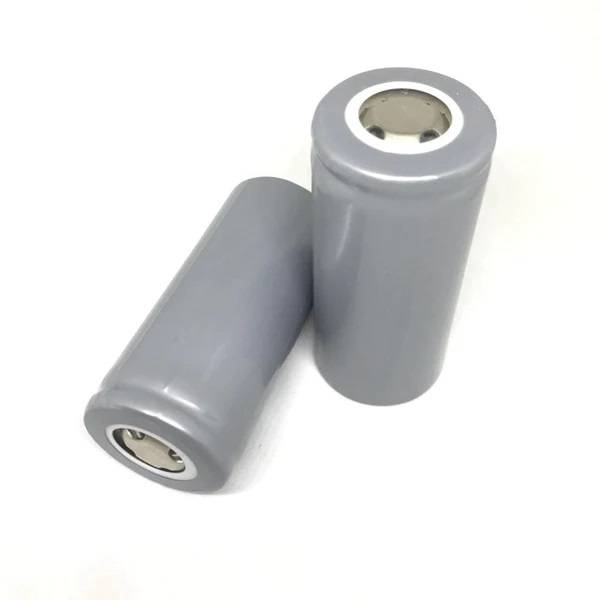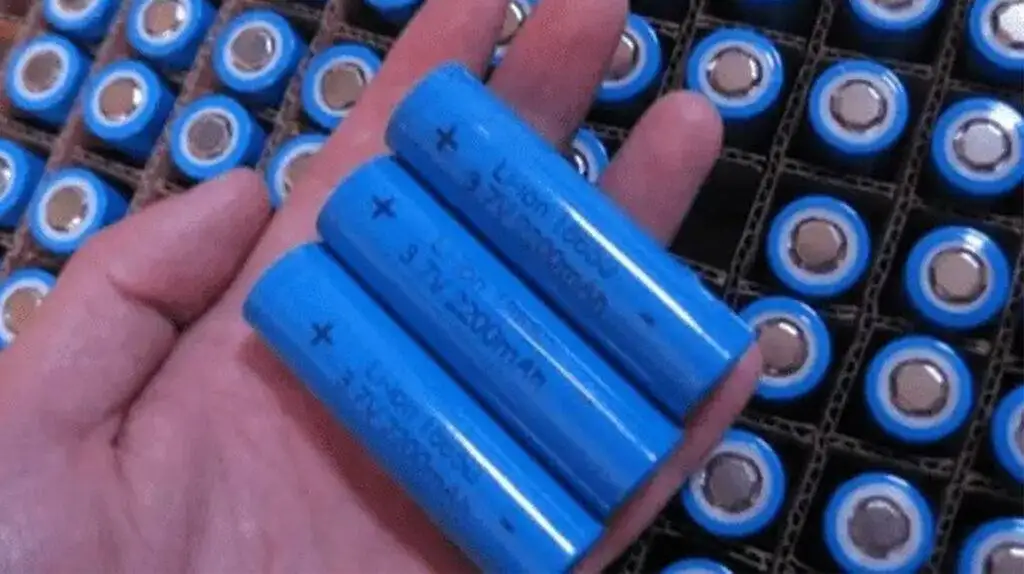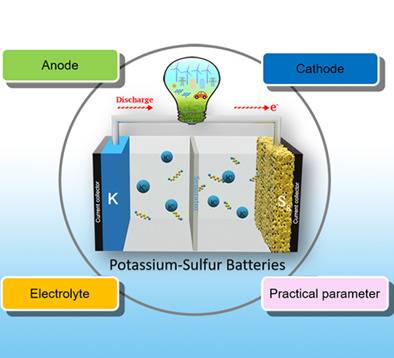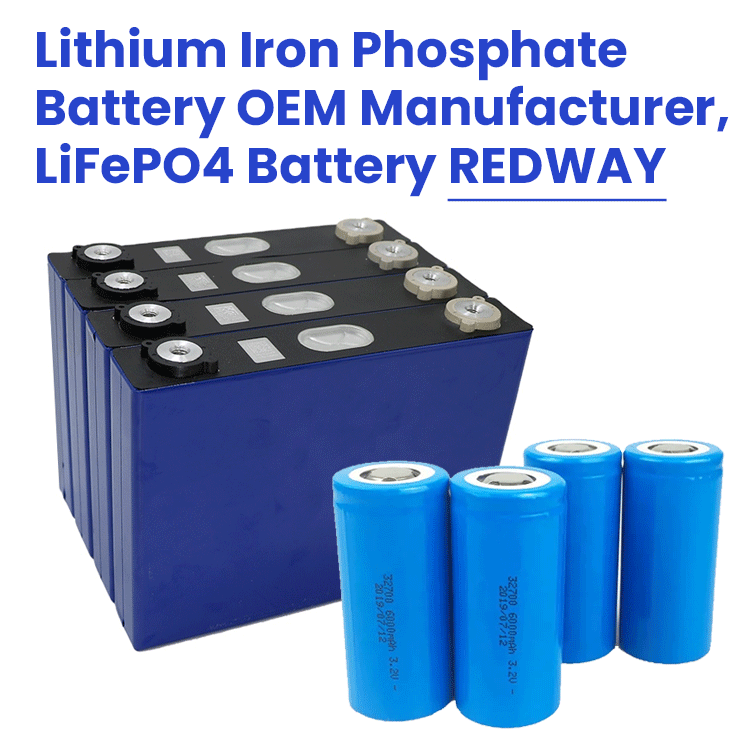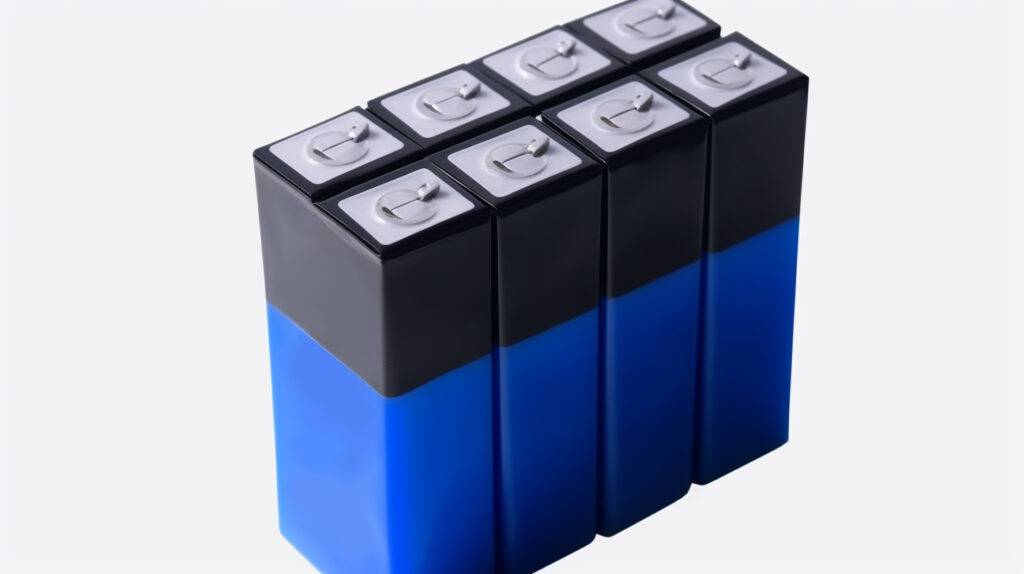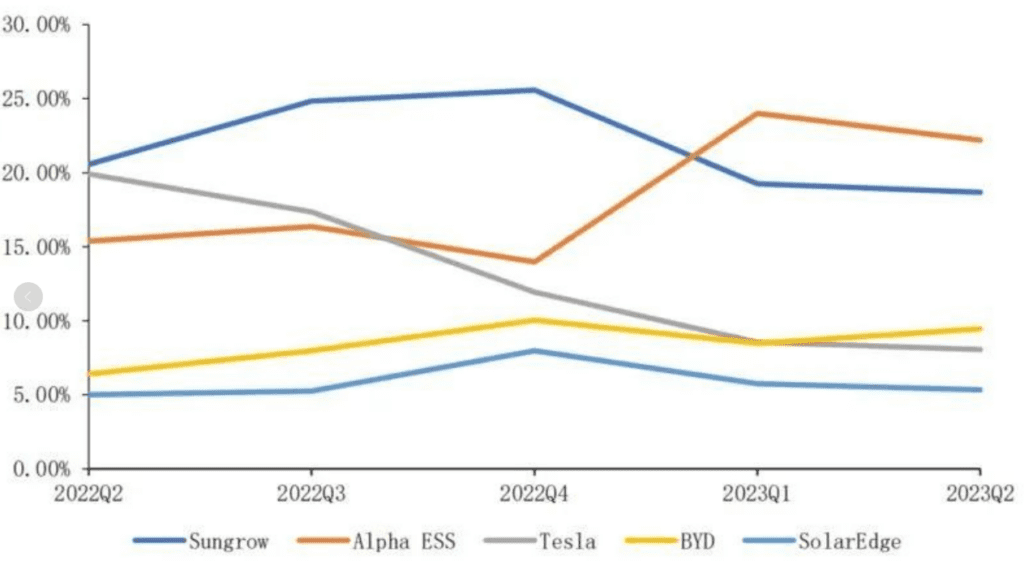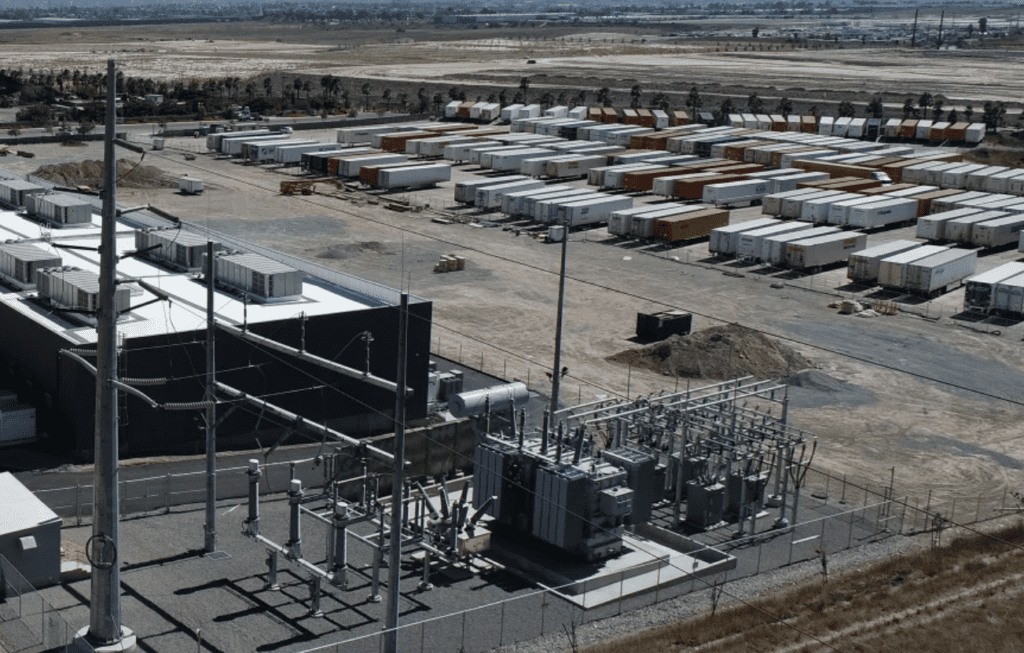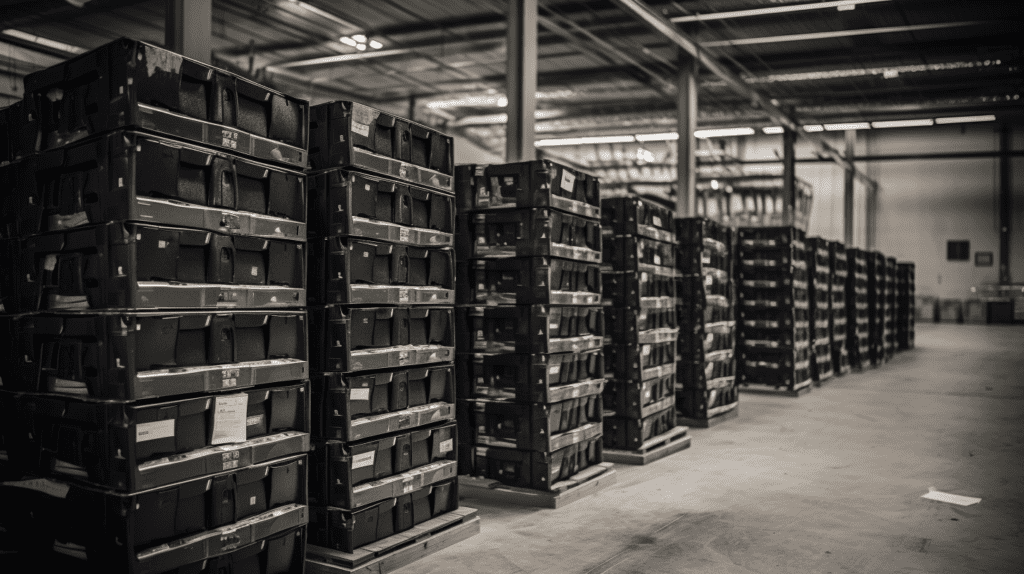The energy storage sector is experiencing a transformative shift with the introduction of viscoelastic inorganic glass electrolytes (VIGLAS) as a promising alternative for solid-state batteries. This breakthrough not only enhances the performance of batteries but also addresses several critical challenges associated with traditional electrolytes. In this article, we explore the characteristics, advantages, and implications of VIGLAS in the realm of battery technology.
What is Viscoelastic Inorganic Glass?
Viscoelastic inorganic glass is a novel class of solid electrolyte designed to combine the benefits of both traditional inorganic and polymer-based electrolytes. By substituting chlorine in tetrachloroaluminates with oxygen, researchers have developed a material that exhibits polymer-like viscoelasticity while maintaining high ionic conductivity.
Key Properties of VIGLAS
- High Ionic Conductivity: VIGLAS demonstrates an impressive ionic conductivity of approximately 1 mS cm⁻¹ at 30 °C for both lithium (Li⁺) and sodium (Na⁺) ions, making it highly effective for battery applications.
- Deformability: This electrolyte can endure significant mechanical stress, allowing it to conform to the surfaces of electrodes without requiring high stack pressures. This adaptability is crucial for enhancing contact between the electrolyte and electrodes.
- Low Melting Temperature: With a melting temperature below 160 °C, VIGLAS can efficiently infiltrate electrode materials, akin to liquid electrolytes, which facilitates better performance in solid-state configurations.
- Chemo-mechanical Compatibility: The material exhibits superior compatibility with high-voltage cathodes (up to 4.3 V), which is essential for maximizing energy density in battery systems.
Advantages of VIGLAS in Battery Technology
1. Enhanced Safety Features
One of the primary advantages of using VIGLAS is its inherent safety compared to traditional liquid electrolytes. The solid-state nature reduces risks associated with leakage and flammability, making it a safer option for various applications, including electric vehicles and portable electronics.
2. Improved Performance Metrics
The combination of high ionic conductivity and mechanical stability allows batteries using VIGLAS to achieve better performance metrics:
- Higher Energy Density: The ability to maintain intimate contact with electrodes without high pressure leads to increased energy density.
- Longer Cycle Life: The viscoelastic properties help mitigate issues related to dendrite formation, which can lead to short circuits in conventional lithium-ion batteries.
3. Scalability and Manufacturing Efficiency
VIGLAS can be produced in thin films using a rolling process, facilitating large-scale manufacturing. This scalability is essential for meeting the growing demand for efficient energy storage solutions across various industries.
Applications of Viscoelastic Inorganic Glass Electrolyte
1. Electric Vehicles (EVs)
The automotive industry stands to benefit significantly from the integration of VIGLAS in electric vehicle batteries. With enhanced safety and performance capabilities, these batteries can provide longer ranges and faster charging times.
2. Portable Electronics
As consumer electronics demand higher efficiency and safety standards, VIGLAS presents an exciting opportunity for manufacturers to develop more reliable and powerful devices.
3. Renewable Energy Storage
Incorporating VIGLAS into energy storage systems can improve the efficiency and reliability of renewable energy sources such as solar and wind, enabling better integration into power grids.
Challenges and Future Directions
While the introduction of viscoelastic inorganic glass electrolytes marks a significant advancement, several challenges remain:
1. Cost-Effectiveness
The production costs associated with new materials often pose a barrier to widespread adoption. Research into more cost-effective manufacturing processes will be crucial for commercial viability.
2. Long-Term Stability
Further studies are needed to assess the long-term stability of VIGLAS under various operating conditions. Understanding how these materials perform over extended periods will be vital for ensuring reliability in real-world applications.
3. Regulatory Approvals
As with any new technology, navigating regulatory frameworks will be essential before widespread deployment in consumer products.
Conclusion
The introduction of viscoelastic inorganic glass electrolytes represents a pivotal breakthrough in battery technology, offering numerous advantages over traditional electrolyte materials. With their high ionic conductivity, deformability, and enhanced safety features, VIGLAS has the potential to revolutionize energy storage systems across various sectors. As research advances and manufacturing processes improve, we anticipate seeing these innovative materials play a crucial role in shaping the future of battery technology.For companies looking to invest in cutting-edge battery solutions or seeking custom LiFePO4 battery options, Redway Battery remains committed to delivering high-quality products tailored to meet diverse needs efficiently. Contact us today for a quick quote!



